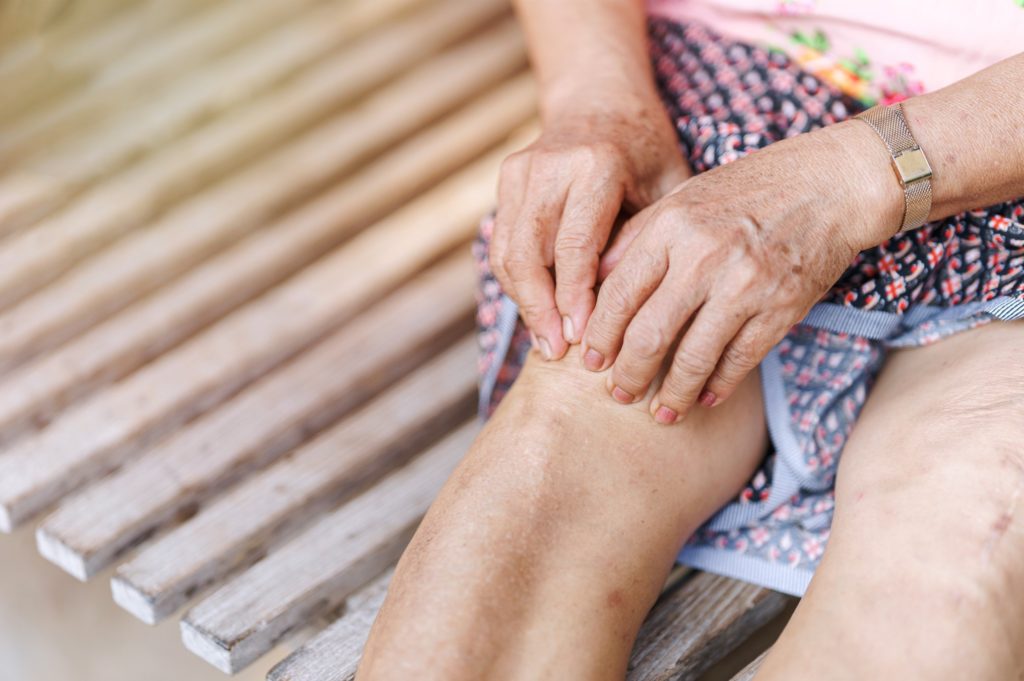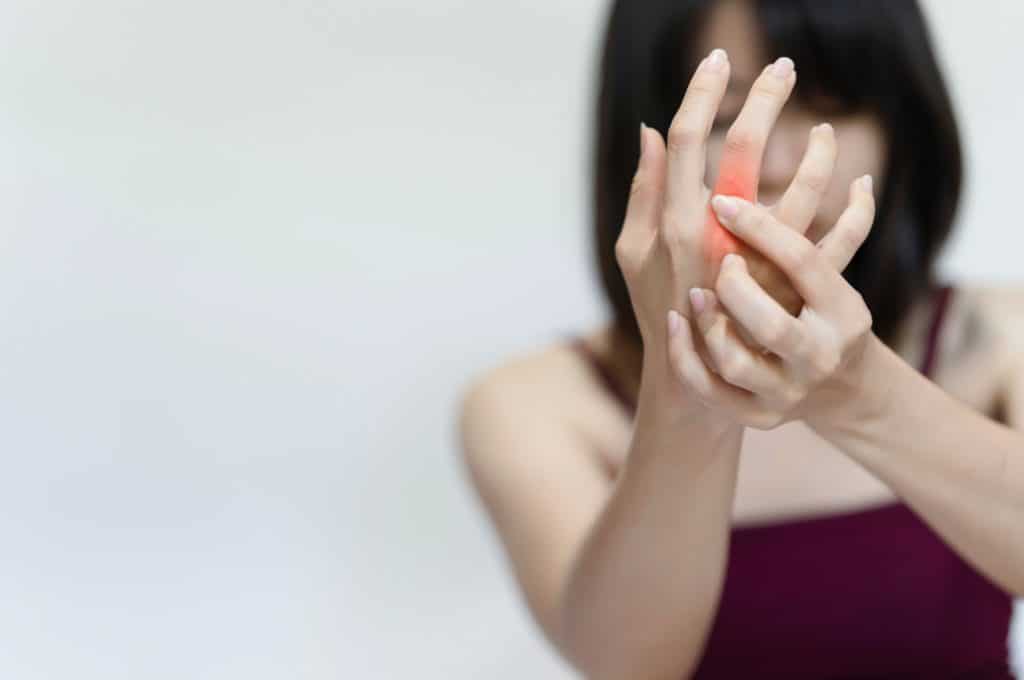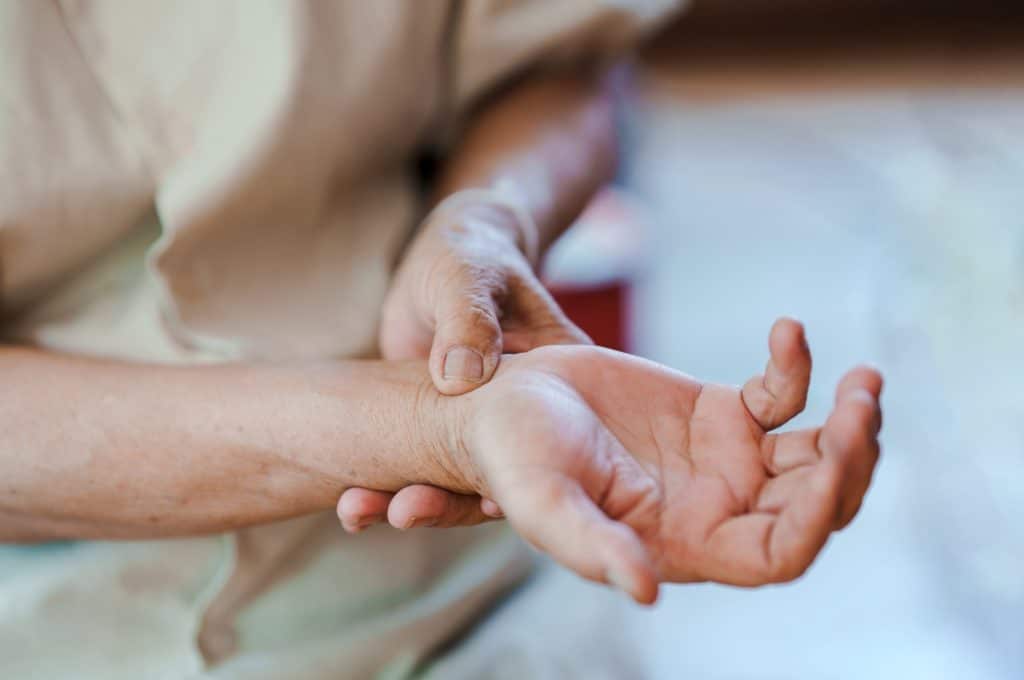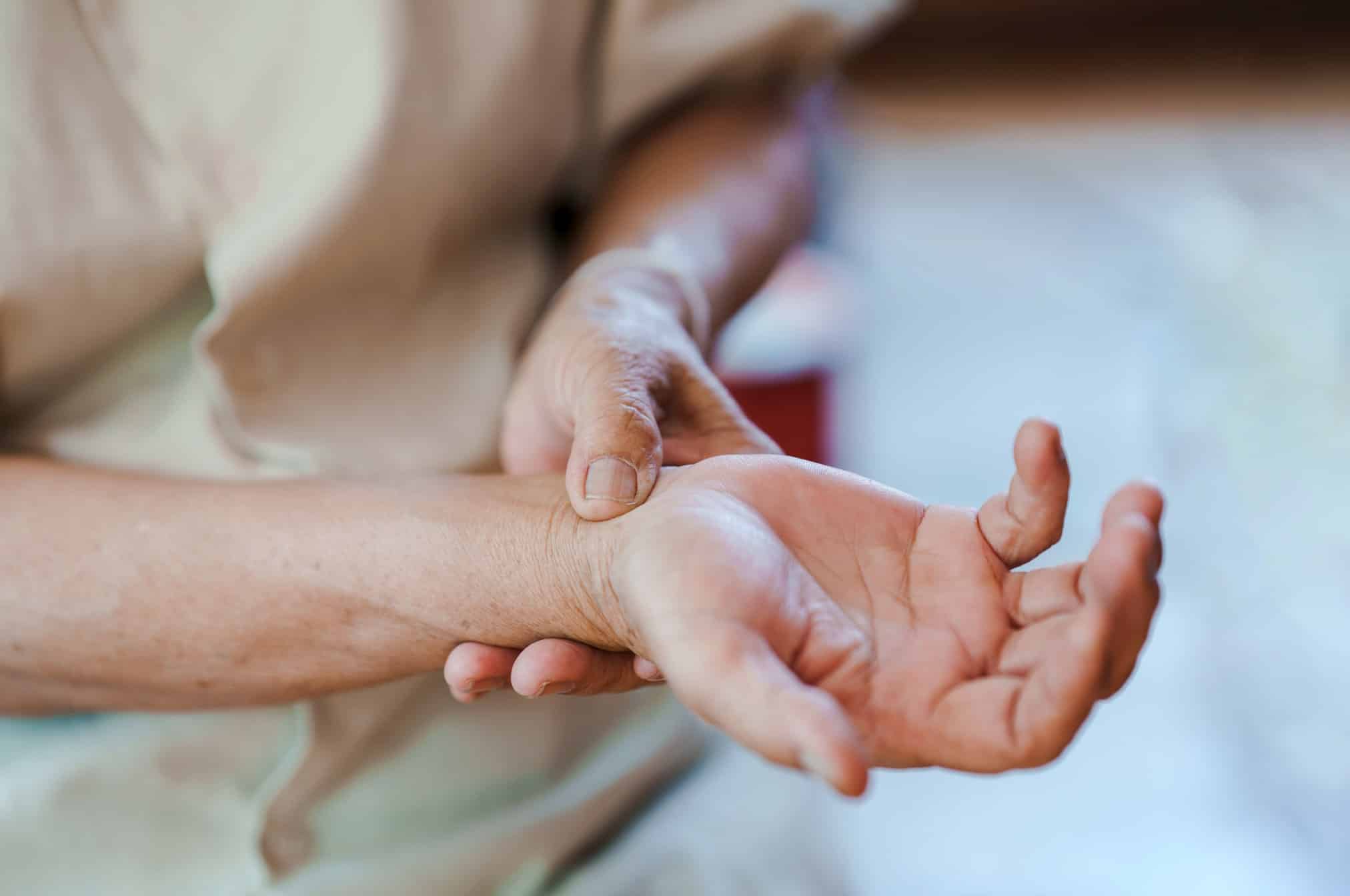Therapeutic massage can be an excellent rheumatoid arthritis treatment by helping to alleviate arthritis symptoms.
Therapeutic massage treatments, while able to achieve muscle release in an affected joint region, can also positively affect the physiological systems of a patient with RA and help to alleviate and prolong the deteriorating effects of the disease,” according to a study presented at the 2007 American Massage Therapy Association National Convention. A 2013 study also shown that moderate pressure massage therapy was beneficial for people with RA in their upper limbs. dependable source
It is largely accepted that massage therapy can be helpful in reducing pain. Knowing this creates a lot of opportunity for massage therapists, especially when you consider the wide range of illnesses that have pain as a key symptom, such as fibromyalgia, lupus, and arthritis.

Are Massages Good For Arthritis; What Benefits Do They Offer RA?
Patients with RA may find the relief they experience from massage helpful in easing pain. Each person has a different threshold for discomfort, thus it is the massage therapist’s responsibility to connect with the client and get the right information from them.
One advantage of massage for arthritis sufferers is that it stimulates blood flow to specific pain-causing locations, which helps promote healing and provides a reprieve. It is important to consult a licensed massage therapist to ensure the massage is tailored to your specific needs and conditions. For some RA patients, deep tissue massage may not be the best course of action. Some individuals may have increased discomfort and stiffness as a result of the strong pressure used during the massage.
Research suggests that massage treatment has considerable potential for treating rheumatoid arthritis. Moderate pressure is more efficient than light pressure for RA in the arms. Each person has a different level of comfort. Massage therapists should ask about the location of the pain as well as if the pressure they are using is enough. Attempt to apply pressure that is forceful but not painful for best results.

Although therapeutic massage provides advantages for rheumatoid arthritis sufferers, it is unknown how long those advantages might last. When symptoms of pain and stiffness recur, patients may need additional massage treatments or follow up visits.
Massage has been demonstrated to be effective in temporarily lowering pain and there is no reason not to include massage in your RA treatment. Before beginning any massage therapy, The Arthritis Foundation advises you to speak with your rheumatologist to make sure it is suitable for your particular medical requirements.
Massage Therapy Compliments Rheumatoid Arthritis Treatment
There are many other types of massage, but only two have been proven through published research studies to be effective in treating RA pain—moderate-pressure massage and myofascial release.
The outcomes are promising. RA sufferers who get moderate-pressure massage specifically aimed at the knees are said to experience less pain and more range of motion. Serotonin is the body’s natural pain-suppressant, and researchers hypothesize that the pain relief may be related in part to an increase in the brain’s serotonin release.
Incorporating physical therapy alongside massage therapy can further enhance pain relief and improve range of motion for RA patients.
Your RA treatment plan may benefit from using massage therapy, whether it’s once a week or more regularly.
Consider these massage Techniques for RA Relief
There is no one massage technique or type that is best for everyone. A variety of massage techniques can be helpful for people with rheumatoid arthritis by alleviating muscle tension and improving overall comfort. Each massage has a different style, pressure level, and depth of massage.
Techniques used in therapeutic massage are intended to enhance health. Among the various types of massage techniques, the following are a few that are frequently used:
Swedish massage
A range of pressure and strokes to increase heart blood flow. increases the body’s ability to absorb oxygen; flushes toxins out of muscles and tissues; and stretches tendons and ligaments to ensure flexibility. a fun method of stress reduction.
This is the most popular type of massage, uses lengthy strokes of variable pressure to loosen and relax muscles. To get outcomes that are comparable to those of the research investigations, you may request a moderate-pressure variation of this approach. This kind of massage practitioners may utilize lotions or oils during the session. Additionally, some Swedish massage techniques can be adapted for self massage, allowing patients to manage their symptoms at home.
Deep Tissue Massage
The purpose of deep tissue massage is to lessen stiffness that has developed deep within the muscle tissue. Stress on the muscles can prevent the delivery of nutrients and oxygen, resulting in toxic build-up and inflammation. Deep tissue massage helps to remove toxins by loosening the muscles. This will help the circulation of blood and oxygen. For those with musculoskeletal diseases and ongoing pain, deep tissue massage is advised. Both the surface and deeper layers of muscle are involved.
To treat stiffness and soreness, deep-tissue massage combines strong pressure and tissue manipulation. Don’t, however, give this type of massage any longer if the pressure feels excessive.
Shiatsu
This is a Japanese pain-relieving therapy that applies light pressure with the fingers, hands, and palms to particular body parts. Blood and oxygen flow increases when these meridians, which are energy corridors, are opened.
Reflexology
Reflexologists massage certain areas of the hands and feet with their fingers and thumbs. They contend that these regions contain “reflex points” that are inversely related to the body’s organs, systems, and glands.
Myofascial release
This is a kind of massage that targets the myofascial connective tissue and is very effective at reducing pain and restoring mobility. All of the body’s structures are surrounded by and connected to the fascia. It is flexible and able to move freely when it is relaxed.

Myofascial limits are caused by inflammatory reactions, emotional or physical trauma, and surgical operations but do not manifest on conventional diagnostics ( myelograms, x-rays, CAT scans, etc.). As a result, the fascia becomes constricted and tight, restricting movement and placing stress on other parts of the body.
Longer pressure is applied to specific body parts in this form of hands-on therapy to loosen up constrictive connective tissue. According to research, this type of therapy can relieve pain and other RA symptoms when used three times each week for two weeks. The prolonged pressure (more than three minutes) applied to certain points on the body alters the connective tissue’s underlying structure, correcting deviations that might be causing discomfort. Myofascial release may be effective by increasing blood flow and igniting the body’s inborn anti-inflammatory processes. Clinical trials, however, have not yet demonstrated this.
Myofascial release techniques improve flexibility, range of motion, and strength. The therapist correctly identifies myofascial constraints and then uses the appropriate pressure to facilitate the fascia’s release, which eliminates pain.
Aromatherapy
Aromatherapy is a type of massage that makes use of plant-based essential oils. During a massage, the oils are massaged into the skin to encourage healing, increase flexibility, and lessen pain.
Joints with arthritis are incredibly sensitive to touch. To start, a mild massage technique should be employed to exert moderate pressure on joints and muscles without injuring the person.
Hot Stone Massage
Hot stones are used in this type of massage in addition to hands-on therapy to loosen up tight muscles and reduce pain. Though this treatment is available in most spas, use caution when considering for the rheumatoid arthritis patient as using heat since it can worsen swollen joints.
How to Choose a Massage Therapist
A massage therapist should get to know their clients and learn about any medical histories they may have.
Massage is a fantastic technique to feel better and increase range of motion so that people with rheumatoid arthritis have more mobility. In order to avoid discomfort and guarantee a relaxing experience, a person with rheumatoid arthritis who decides to get a massage must inform their massage therapist of any current joint pain or flare-ups before and during the session.
Choose the type of massage you want to try once you have located a reputable massage therapist. Also, consult your rheumatologist and ask about which kind of massage they suggest in advance.
Patients should be aware that a massage is a complimentary treatment and is not intended to take the place of medical attention. Supplementary health approaches are effective for RA and some mind-body techniques and nutritional supplements can assist RA patients to control their symptoms. These might be helpful additions to traditional RA therapy.
To find a certified massage therapist to give you the best massage for you, try the following:
Ask for recommendations.
For recommendations on a massage therapist, ask your medical team, your physical therapist, or other people who have rheumatoid arthritis.
Interested in getting a massage to help with Rheumatoid arthritis in New Jersey?
Consult industry associations
The Associated Bodywork Massage Professionals and the American Massage Therapy Association can recommend local practitioners in your area and provide information about their training and credentials. A massage therapist’s certification status can be determined by the National Certification Board for Therapeutic Massage & Bodywork.
Many people with arthritis wonder if therapeutic massage is appropriate for them. The type of arthritis they have, the degree of activity at the time, and the expertise of their massage therapist may all play a role in the solution. Nevertheless, massage is gaining popularity as a method of managing arthritic pain and stiffness.
Be honest about your objectives and with the help of the therapist, discuss your goals so that you can work as a team.


